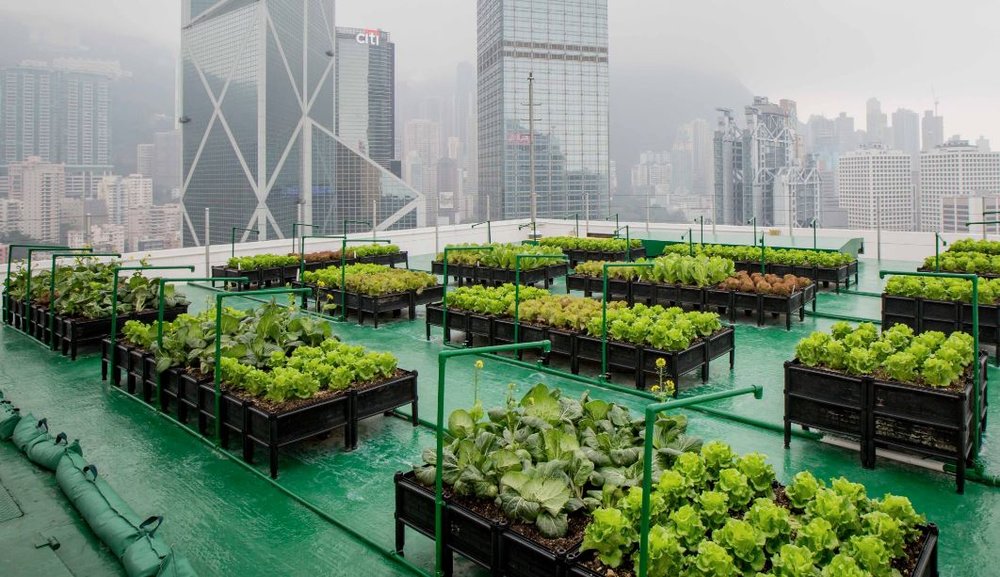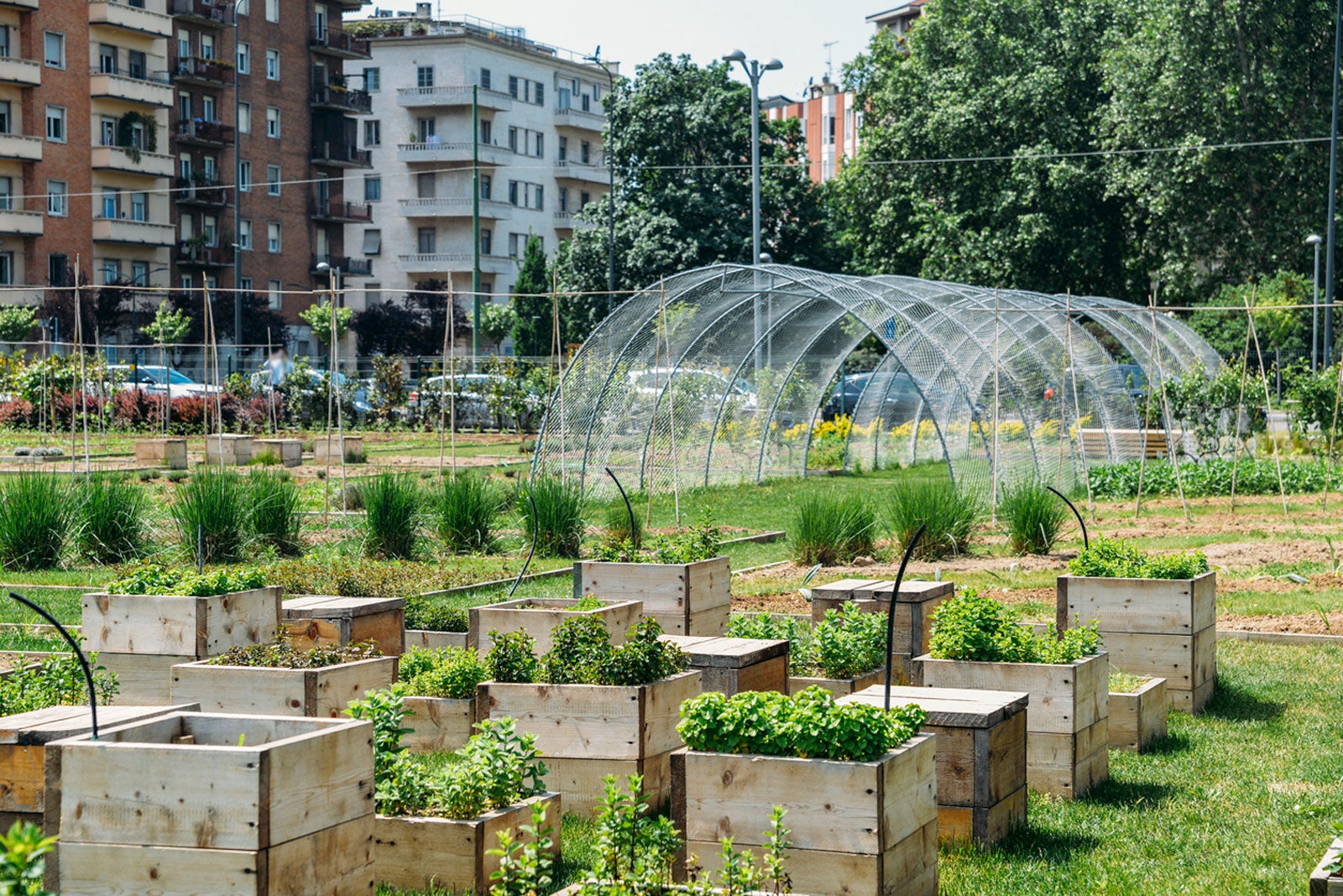City Blooming for Dummies
City Blooming for Dummies
Blog Article
The Of City Blooming
Table of ContentsThe 3-Minute Rule for City BloomingSome Of City BloomingThe Ultimate Guide To City BloomingThe Single Strategy To Use For City BloomingFacts About City Blooming Uncovered
Fascinated in growing food available in the City of Chicago? Thinking about beginning an area garden? Modifications to the Chicago Zoning Ordinance allow agricultural uses like neighborhood yards and urban ranches in numerous components of the city. Below is a list of frequently asked concerns pertaining to the policies and guidelines that farmers need to take into consideration when intending a city farming project.
The zoning change does not change any type of other codes managing composting, structure authorizations, purchasing or renting City owned building, service licenses or ecological contamination. There are existing codes that manage these issues and they stay completely effect and might apply to your project. Neighborhood yards are normally owned or managed by public entities, public organizations or community-based companies and maintained by volunteers.
Urban ranches grow food that is intended to be offered, either on a nonprofit or for-profit basis. Due to their commercial objective, city ranches need an organization permit.
Some Known Factual Statements About City Blooming
Composting is permitted yet just for plant product that is created and made use of on site. The quantity of garden compost material can not exceed 25 cubic lawns at any kind of provided time according to the requirements in 7-28-715 of the City's Municipal Code. Yes. Since the dirt at the majority of new yard sites needs modifying, compost, dirt, timber chips, or other products can be acquired to build or improve the growing area - eco-friendly practices.

If a building license is required then the hoophouse will be considered an accessory building. You can learn even more regarding the building permit demands by speaking to the Department of Structures. The 25,000-square-foot dimension limit is meant to stop a single neighborhood yard from controling an offered block or detracting from the block's existing household or business character.
The limitation does not relate to yards found in Public Open Space (POS) areas. Can there be more than one neighborhood yard that is 25,000 square feet on a single block? Yes. The size limitation uses to specific gardens, not to private blocks. No. Secure fencing is not required, nonetheless, yards that have big car park areas might be required to mount fence or other landscaping attributes.
The Best Strategy To Use For City Blooming
B1 & B2 areas require that all commercial use activities be carried out indoors. Is fencing needed for metropolitan ranches? Fencings might be needed, along with landscape design and testing, for particular vehicle parking areas and outside work or storage areas depending on place and the certain activity taking location.
Yes. Urban ranches require structure permits and zoning approvals before building. Other kinds of city testimonial may be called for depending on specific frameworks, tasks, size, landscape design, licensing, public heath and stormwater management problems. Much of these requirements are identified in the job style or allowing procedure, nevertheless, the candidate might be liable to separately determine particular licenses or permits that might be required.
The Department of Organization Matters and Customer Security can aid identify the details kind of business certificate that's needed. Off Check Out Your URL road parking is needed for a lot of business tasks in Chicago. The needed number of parking spaces is based on the number of workers functioning on website and not the square video footage of the expanding room.
The Best Strategy To Use For City Blooming

An urban ranch can market garden compost product produced on website, nonetheless, the procedure must comply with the policies in 7-28-715 of the Chicago Municipal Code. Aquaponic systems are allowed inside your home on city farms in many zoning districts.
Up to 5 hives or colonies of honey bees may be maintained as an accessory usage. However, beekeepers must register with the Illinois Division of Farming. For more details regarding the recommended zoning modification you may call the Division of Housing and Economic Development, Bureau of Planning and Zoning at 312.744.8563.
Farming in cities and metropolitan locations A metropolitan farm in Chicago. Urban agriculture describes numerous practices of growing. https://penzu.com/p/e1495b371b86caaf, handling, and dispersing food in urban areas. The term also relates to the area activities of pet husbandry, tank farming, beekeeping, and horticulture in an urban context. Urban farming is differentiated from peri-urban farming, which happens in backwoods beside residential areas.
City Blooming - The Facts
It can involve a movement of organic farmers, "foodies" and "locavores", who look for to form social networks started on a shared ethos of nature and community holism. These networks can develop using formal institutional support, becoming integrated into regional community planning as a "change community" motion for sustainable city advancement.
In either case, the a lot more straight accessibility to fresh vegetable, fruit, and meat products that may be become aware through urban agriculture can improve food protection and food security while decreasing food miles, leading to lower greenhouse gas emissions, thereby contributing to climate change reduction. Several of the initial proof of metropolitan farming originates from Mesopotamia.
Report this page